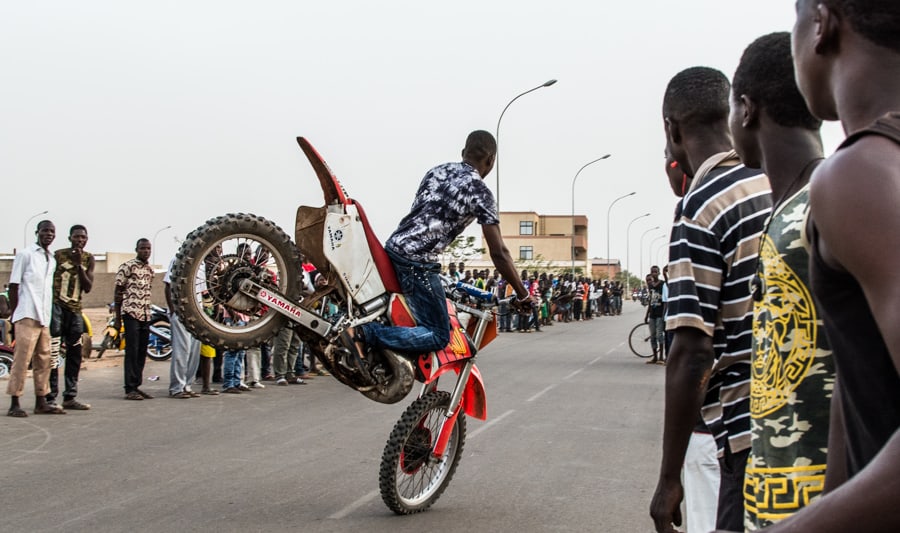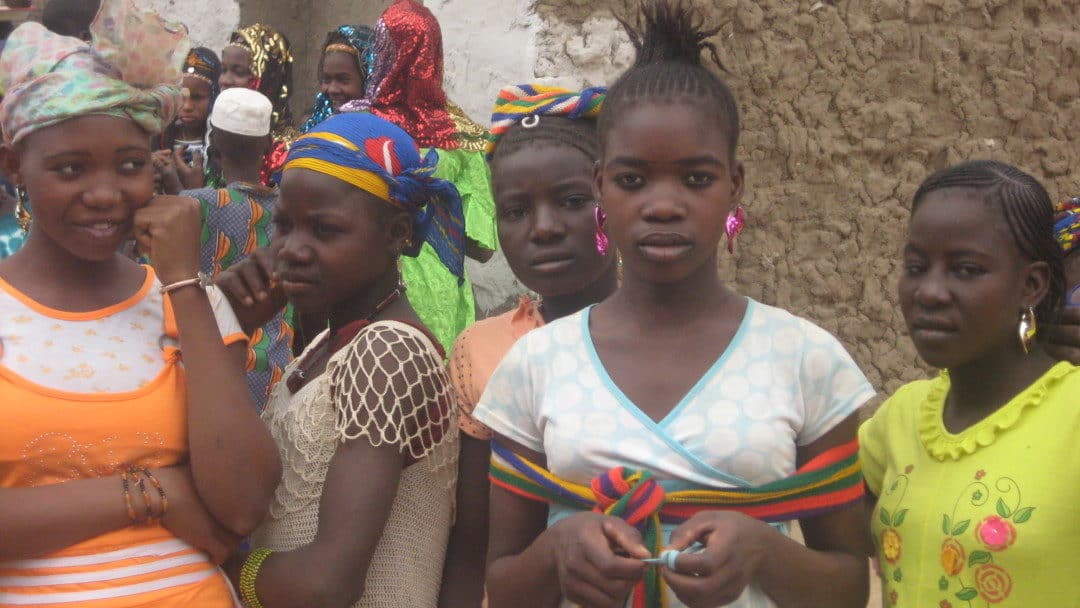The Youth Cause has been a National Priority since 2004
Burkina Faso’s population is predominantly young and rural with about 78 % living in non-urban areas. It is estimated that, of the current 20 million inhabitants, about 48 % are below the age of 15, and 66 % are less than 25 years old. In the two main cities Ouagadougou and Bobo-Dioulasso,18 % of the population – mainly young people – were unemployed, despite an average economic growth rate among the highest in Africa over the 2000-2014 period.
With a growth rate of 2.9 %, the population is estimated to exceed 30 million by 2040. It is vital for young people to identify with government policies to prevent them from turning into a destructive force at the first sign of discontent.
The impact of young people on the country’s politics became increasingly tangible from 2004, when youth and the battle against unemployment became a priority to Blaise Compaoré’s Administration. Thus, on the initiative of the President of Burkina Faso, the African Union held an Extraordinary Summit on Youth Employment and Poverty Reduction in Ouagadougou on 8 and 9 September 2004, in the presence of around twenty Head of States and Governments. They jointly committed in “putting job creation for the youth at the center of their national, sub-regional and regional policies.” In Burkina Faso, the fight against youth unemployment became the leitmotiv of government policies and programs.
A pioneer in tools against youth unemployment
A Burkina Faso was the first West African country to create a Ministry exclusively dedicated to Youth and Employment in 2006. Its objective was to allocate and raise specific funds to fight against youth unemployment. In that same year 2006, the Arts and Crafts Training Program was put in place to teach artisan skills to 10,000 young people in order to curb the shortage of professional training in Burkina Faso. This Program provided training in the fields of mechanics, woodworking, and around twenty other trades. Training centres were built in every Burkina Faso region.
In addition, a reference training centre opened in Ziniaré with support from Taiwan; since 2008, it has provided 18-month training courses to 300 young people in their chosen trade, hence about 1 800 girls and boys today. This centre is the only one in Western Africa; it welcomes youth from the entire region and sub-region.
And, in 2008, a new structure – le Fonds d’Appui des Initiatives des Jeunes (FAIJ – Support Fund for Youth Initiatives) – was created to fight against youth unemployment; in addition to this structure, three other Funds were created since 2006, respectively le Fonds d’Appui à la Promotion de l’Emploi (FAPE – Support Fund to Promote Employment), le Fonds d’Appui au Secteur Informel (FASI – Support Fund for the Informal Sector), and le Fonds d’Appui à la Formation Professionnelle et d’Apprentissage (FAPA – Support Fund for Professional Training and Apprenticeship).
All four Funds share one major underlying goal: to open the career perspectives of Burkinabè youth who mostly focused on working in the administration field, and to give them the skills and motivation to pursue a career in the private sector.
Since its creation in 2008, the FAIJ (Support Fund for Youth Initiatives) was granted 1 billion FCFA – equivalent to 1.7 million US$ – to train 10,000 young people in the field of entrepreneurship. Besides this training program, the youth whose project was worthwhile could get financial and technical support to start and develop their project.
Between 2008 and 2014, 7 billion FCFA – equivalent to 11.9 million US$ – were invested by the Burkinabè government to train 70,000 young people, among whom 15,400 went on to start their own business. This initiative ( FAIJ) was so successful that the government was swamped with fund requests and had to turn many of them down, which caused a great deal of disappointment among the youth.
In 2012, a special program was put into place to create jobs for girls, via the acquisition of agricultural production technologies and learning how to handle processing equipment. In 2013, 1,000 female groups benefited from this program financed by the Compaoré administration – compared to 273 groups in 2012. In total, this program benefited 2,300 female groups between 2012 and 2014.
All these programs are still in place today.

